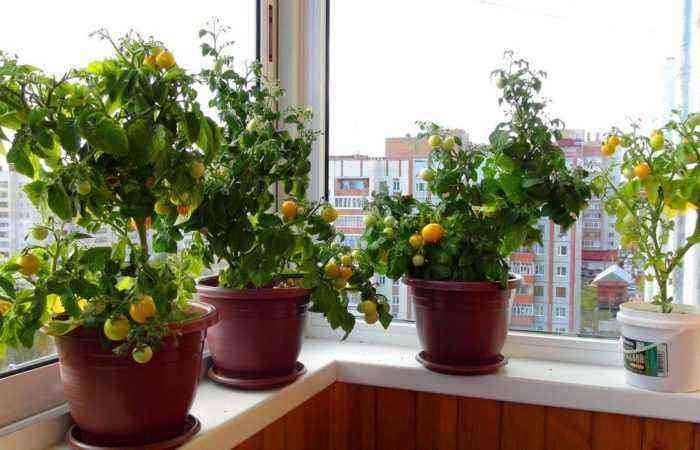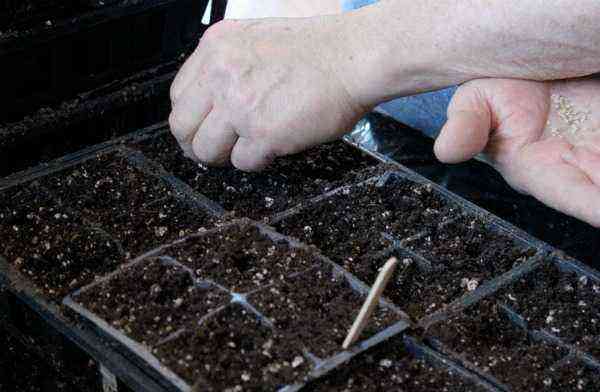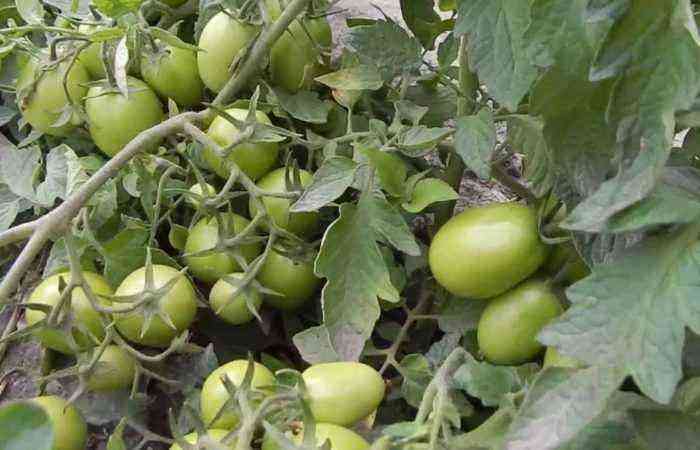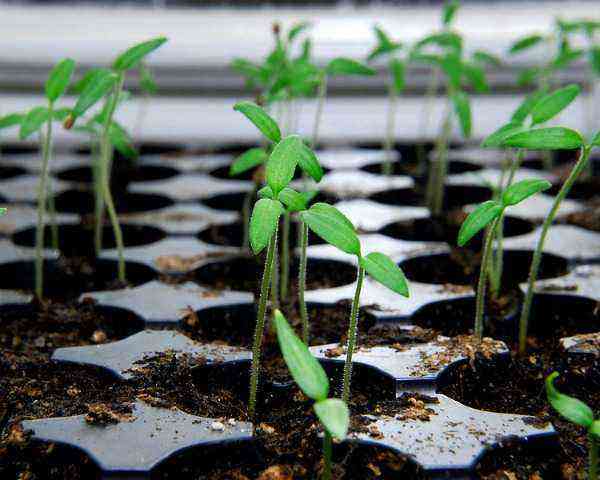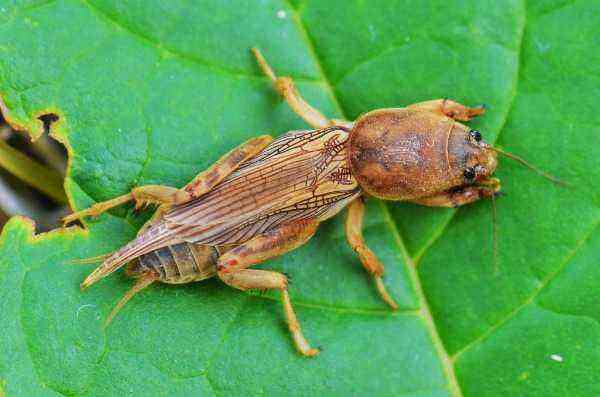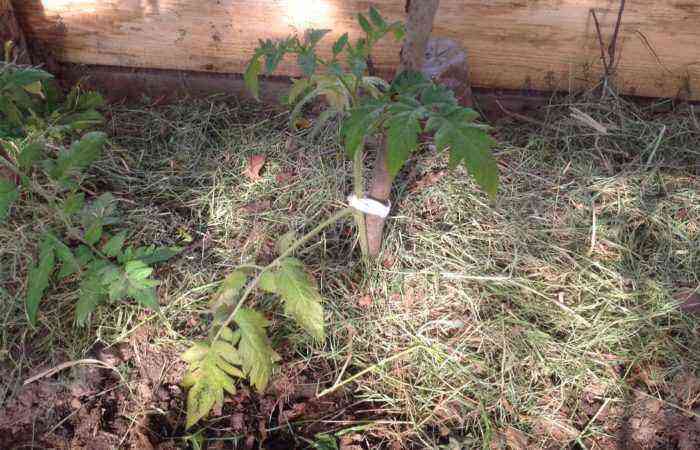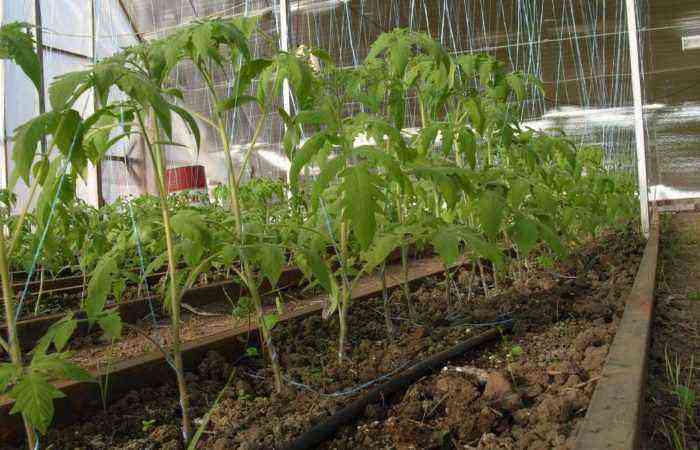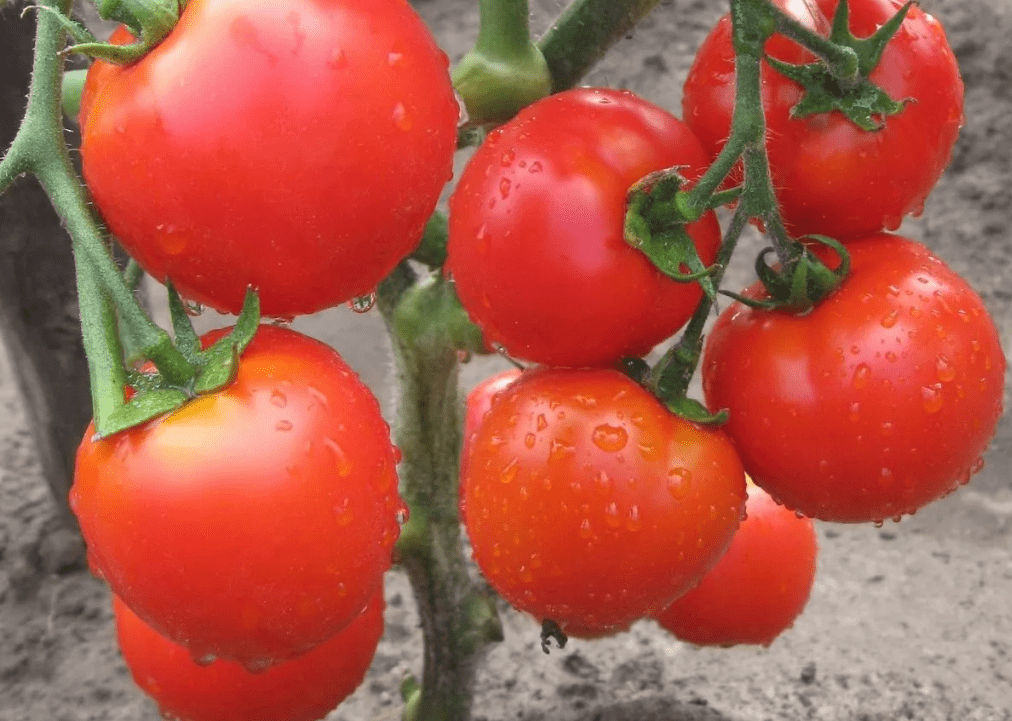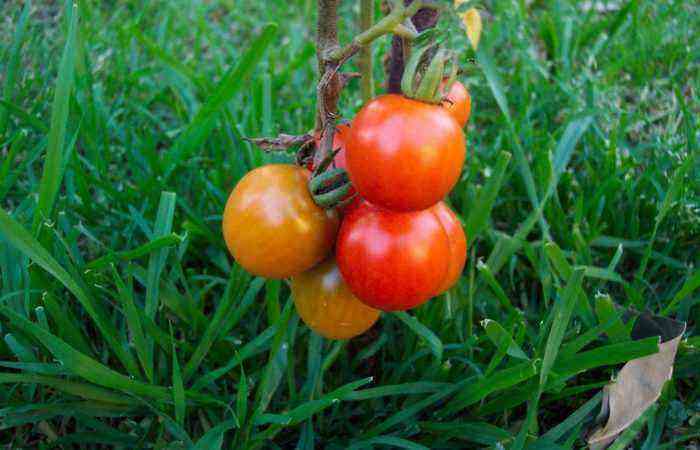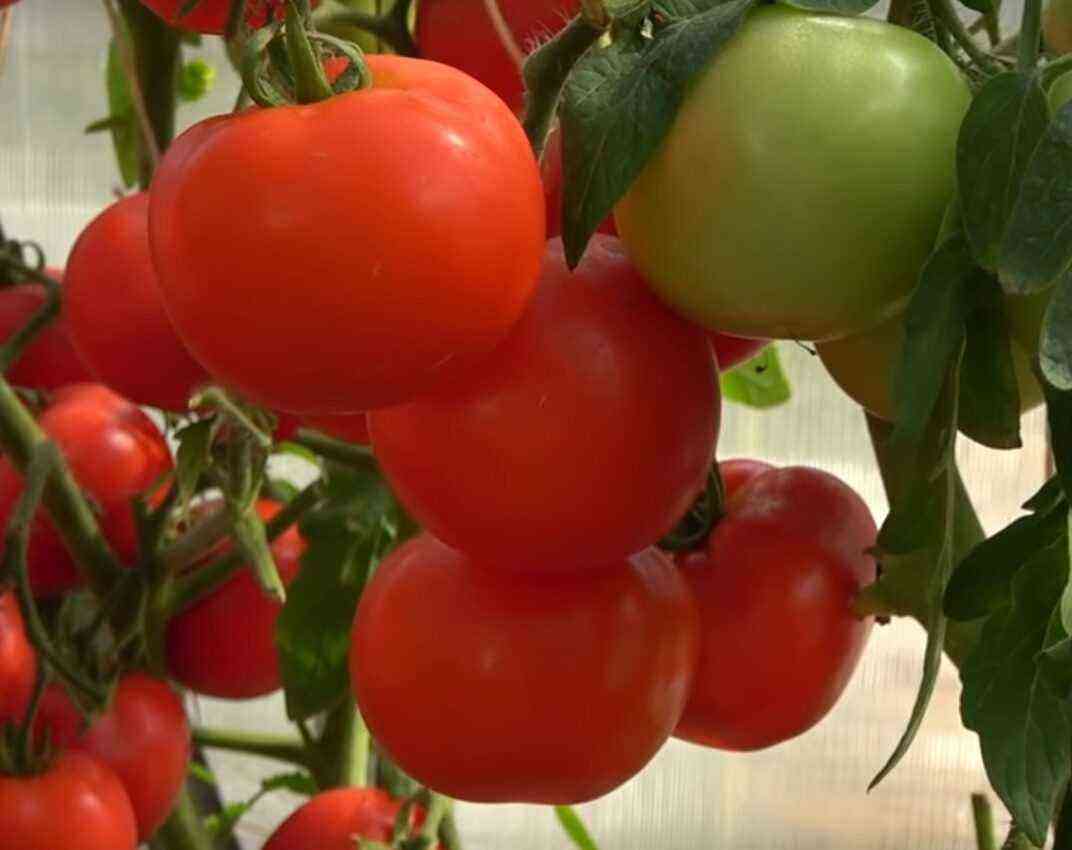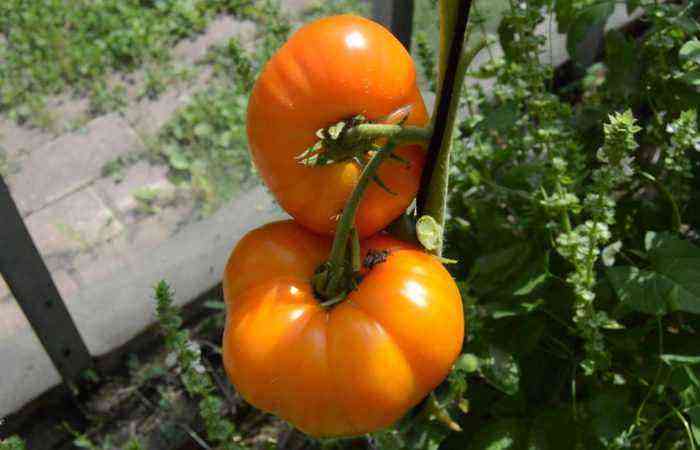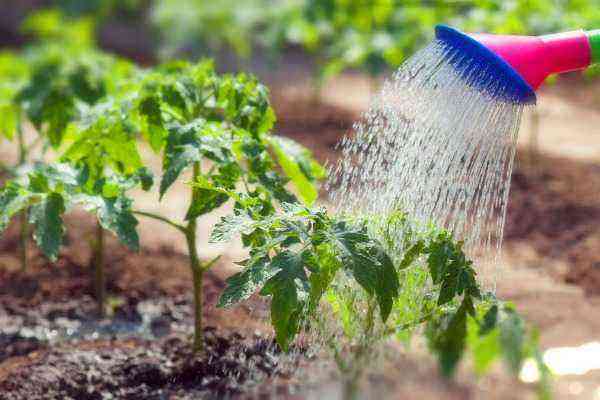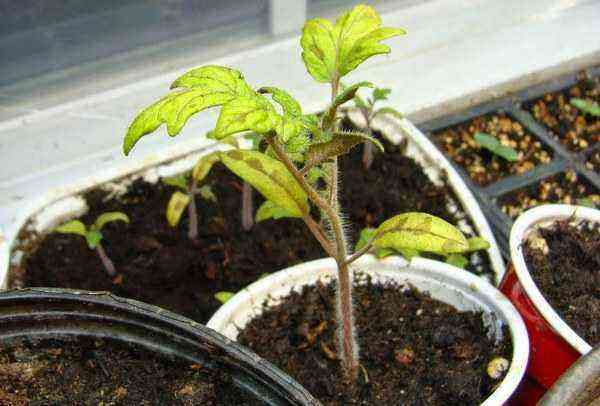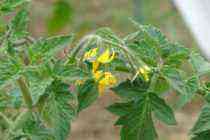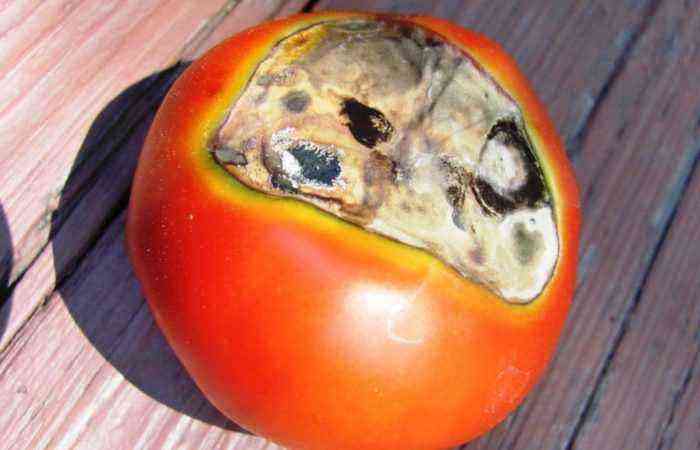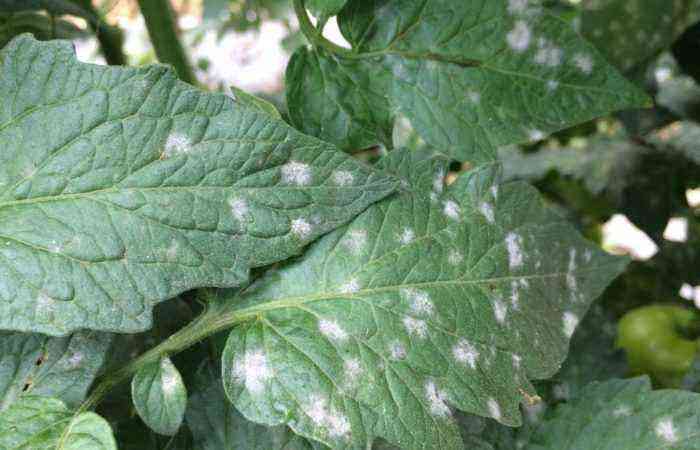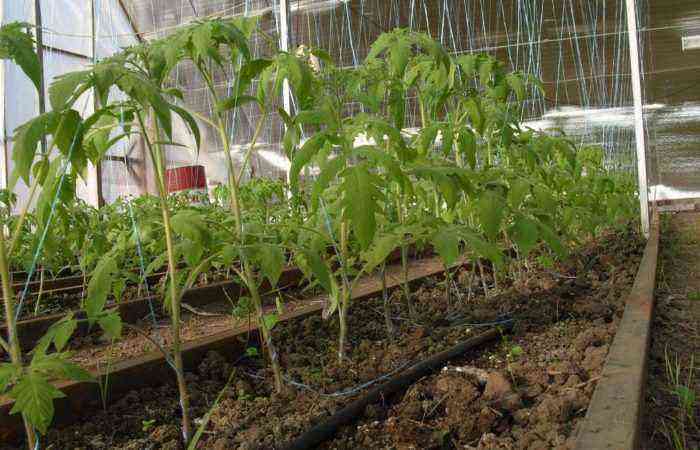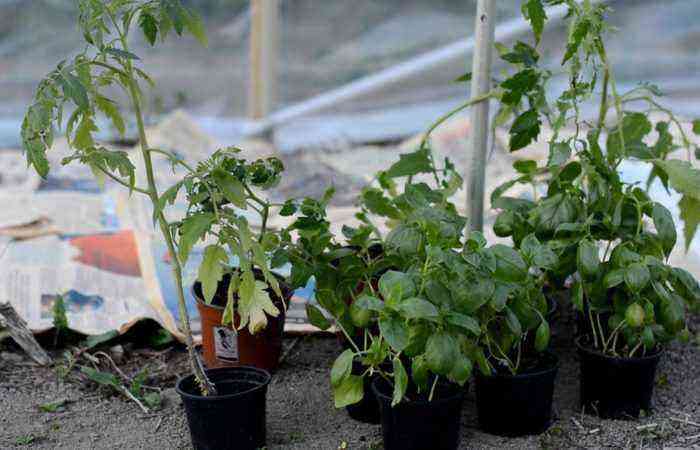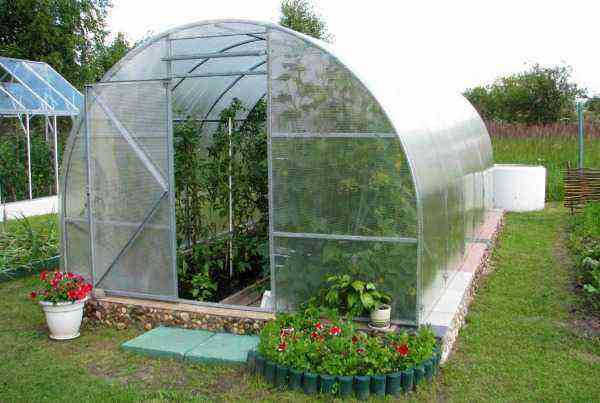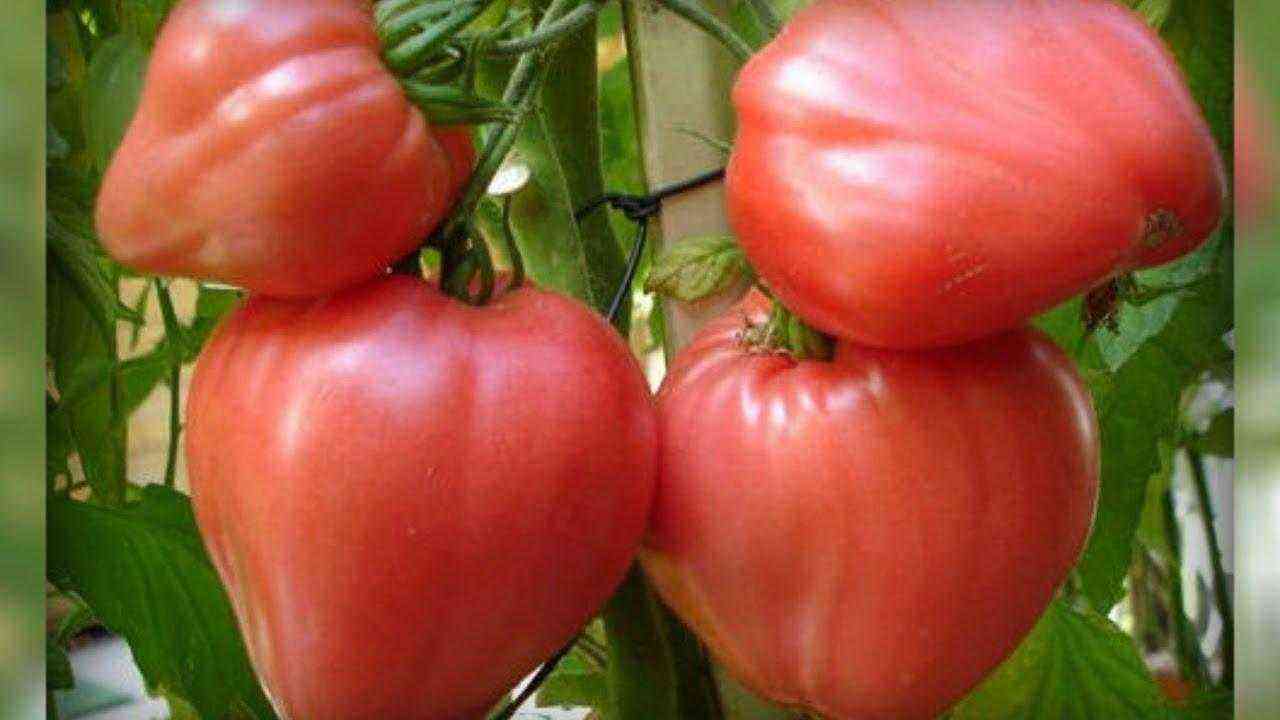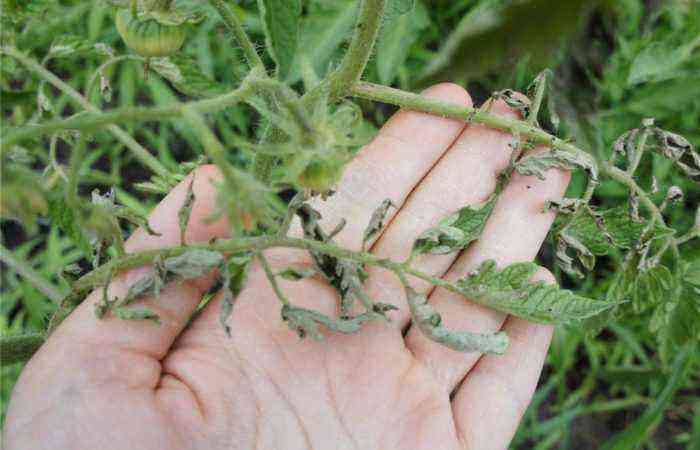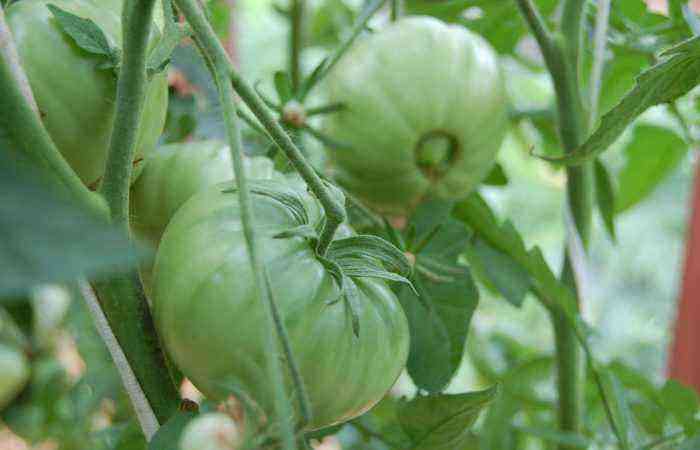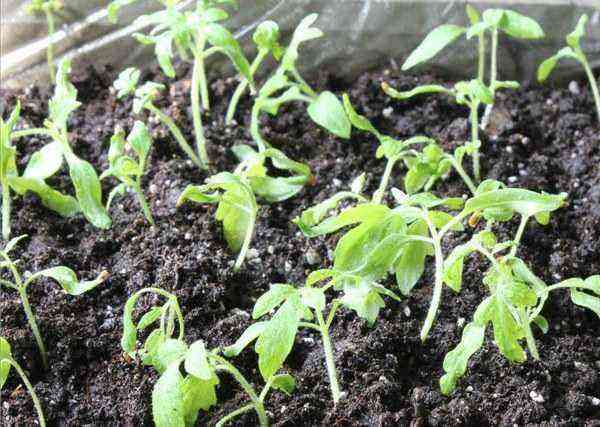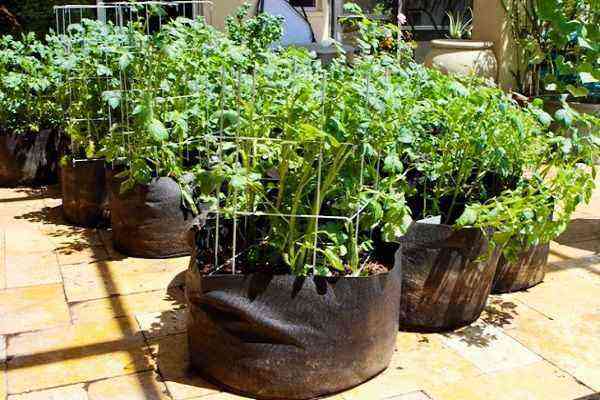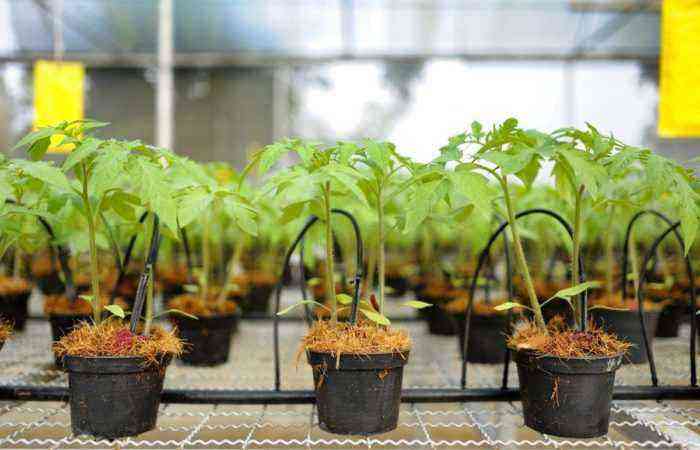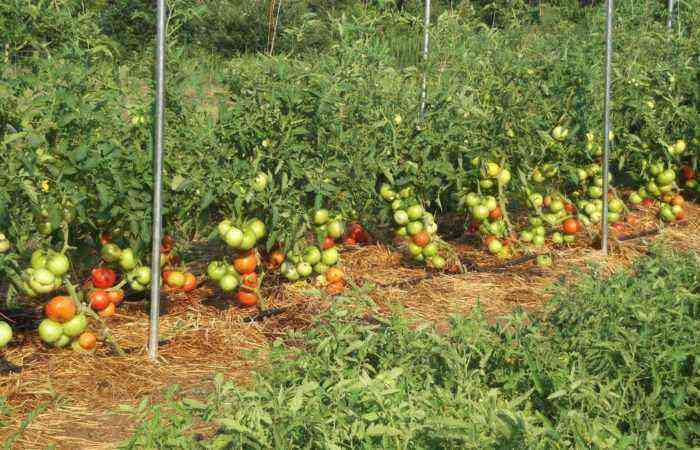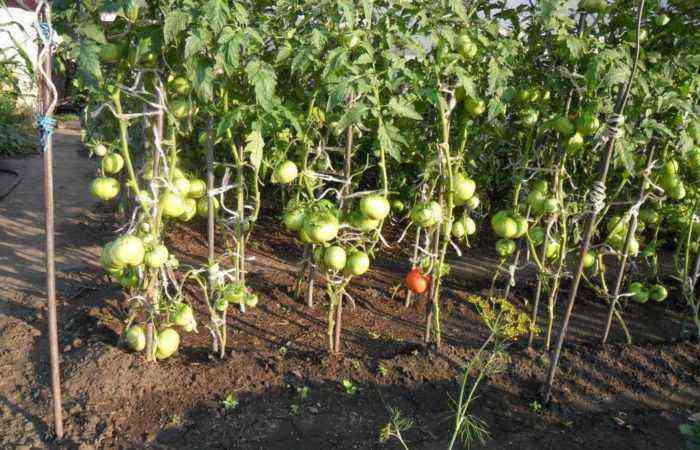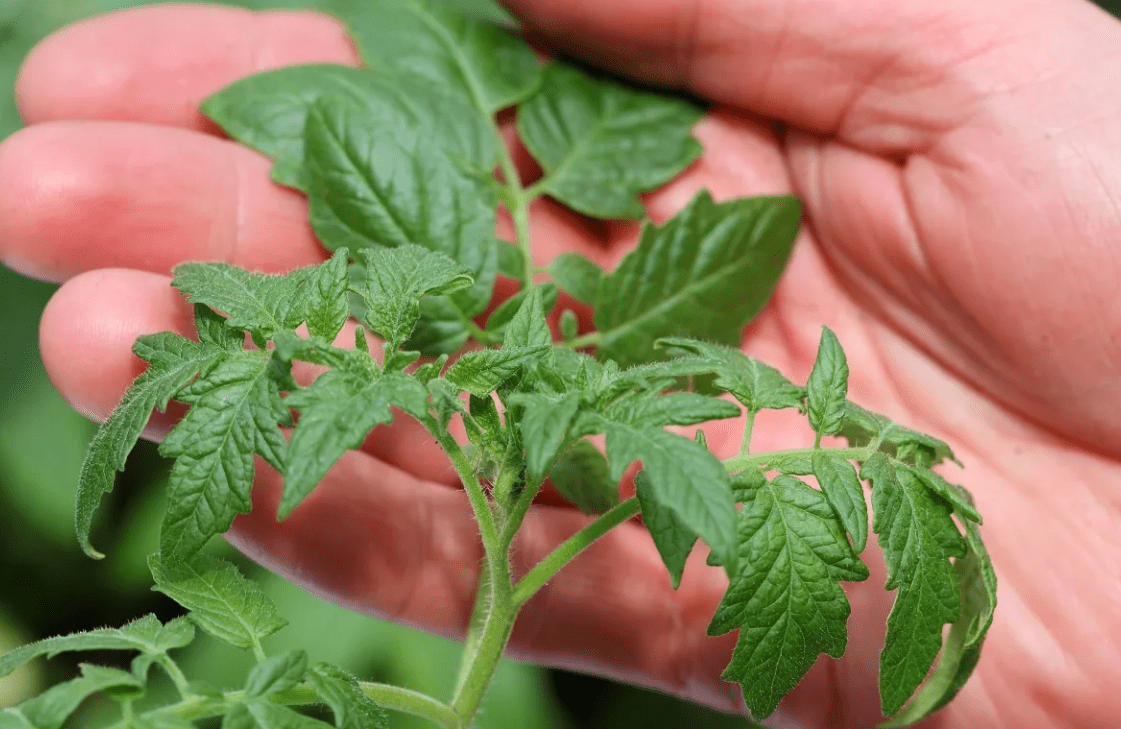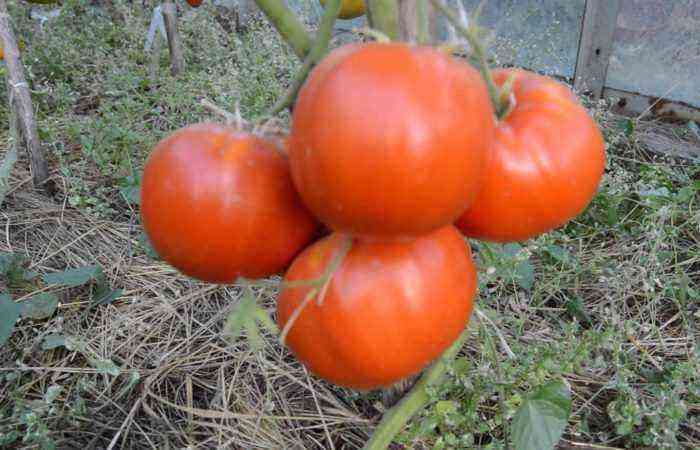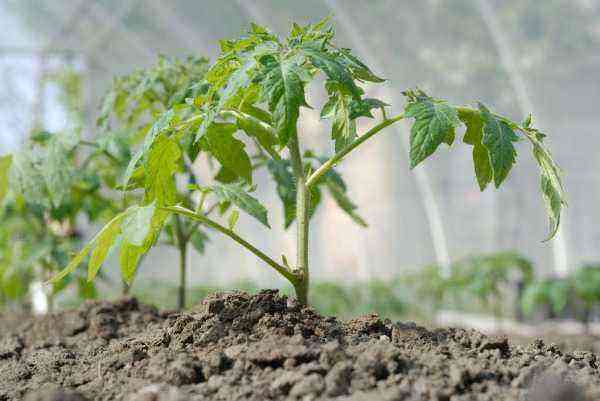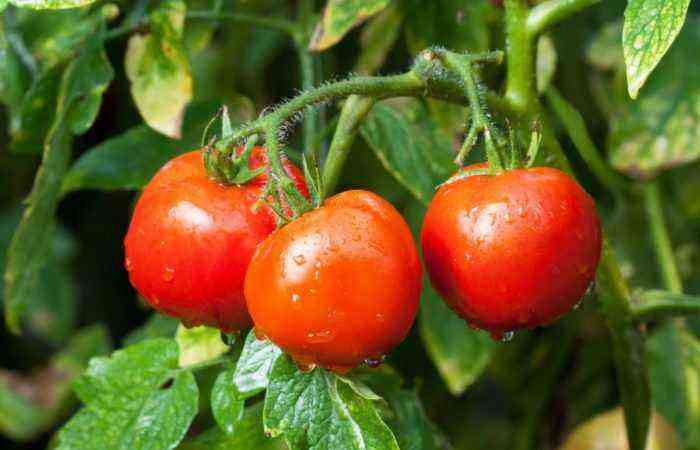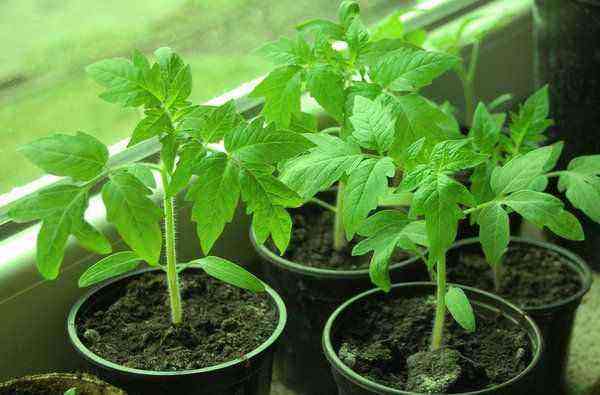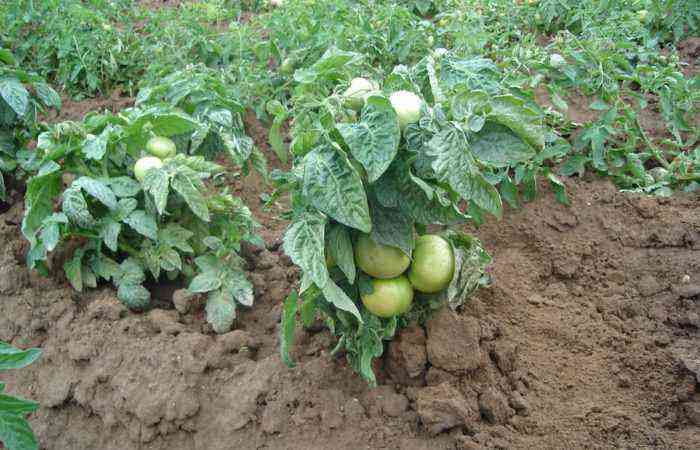Phosphorus is an important element for tomatoes, without which it is impossible to grow a crop. But over the summer, tomatoes draw almost all of its supply from the soil. Compensate for the lack of an element annually by applying mineral fertilizers and additional top dressing during the season.
Opponents of mineral fertilizer argue about the violation of the natural biocenosis of the soil, the accumulation of nitrates in the fruits and the reduction of sugars. Yes, this is possible, but only with unreasonable application. Therefore, it is better for summer residents to understand the rules for applying phosphorus fertilizers themselves.
Why do we need phosphorus for tomatoes?
Phosphorus is a key element, without which the vital activity of plants is impossible. It controls all metabolic, reproductive and energy processes, respiration and the synthesis of carbohydrates (sugars, starches).
Phosphorus is needed by tomatoes in smaller quantities than nitrogen and potassium. But its presence in the soil and plant tissues is required for the entire growing season.
During seed germination, the element affects the intensity of seedling emergence and their further development. Accelerates the formation of the root system of tomatoes. Thanks to this, plantings better absorb water and nutrients from the soil, and quickly increase the above-ground mass.
With an abundance of this element, all metabolic processes in tomatoes proceed faster. They grow and develop well, set fruits on time, increase the quantity and quality of the crop. It contributes to the economical use of moisture, increases the resistance of tomatoes to drought.
Tomatoes use the main part of phosphorus in the first phases of growth, accumulating it in their tissues for the future. After that, reutilization occurs – the reuse of the mineral for the formation of new organs and growth points.
Phosphorus balances the nitrogen content in plants, prevents the negative impact of excess of this element. The need for tomatoes in it increases at low air and soil temperatures, poor lighting and high relative humidity.
Agrotechnics of the crop involves the annual application of phosphorus to the soil, regardless of the type of soil, and additional foliar top dressing during the season. An exception is sparingly soluble types of the element, which are part of certain types of fertilizers. In this case, phosphorus gradually takes the form accessible to plants, the soil is enriched with the element for several years.
Signs of deficiency
The lack of this element in tomatoes can be a real disaster. Even with a slight shortage of it, growth, flowering, and fruit set are delayed in tomatoes. The processes of respiration and metabolism worsen.
Phosphorus starvation at the beginning of the growing season becomes the strongest stress for plants. Restoring them is extremely difficult, and in some cases impossible.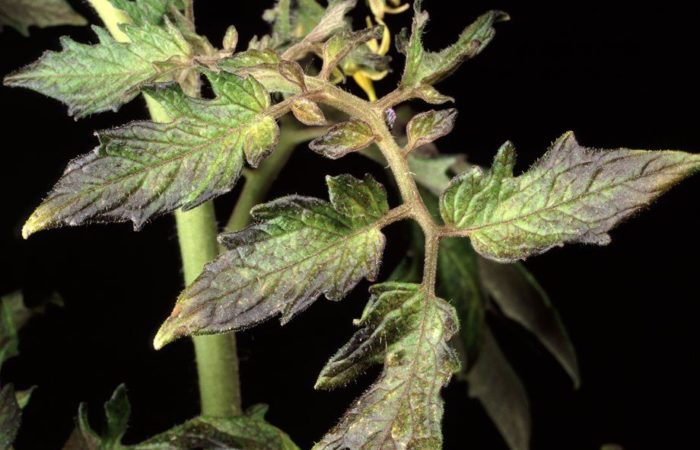
External signs:
- small, rapidly falling leaves;
- the appearance of dark spots on the lower leaves, their death;
- cessation of growth (the plant is low and bushy);
- the main stems, petioles, axils and veins of the leaves acquire a reddish-purple hue;
- dried leaves turn black.
In acute phosphorus starvation, the root system is destroyed, losing the ability to hold the aboveground mass. The plant is dying. To prevent this, it is important to apply fertilizers to the soil in a timely manner.
General rules for the introduction of phosphorus
The main dose of phosphate fertilizers is applied to the soil, preferably in the fall. In this case, they acquire the most accessible form for the roots of tomatoes. In greenhouses with constant soil replacement, fertilizers are applied 3-4 weeks before planting.
Fertilizers should not be scattered superficially, otherwise they take on hardly soluble forms.
The granules must necessarily fall into the constantly moistened layer of soil at the level of future tomato roots. Therefore, they are first distributed over the surface, and then the earth is dug up.
Water-soluble fertilizers (superphosphates) are practically ineffective in acidic soils. In addition, tomatoes develop worse in them. At least a month before the use of such fertilizers, the soil is deoxidized. Wood ash or lime is added. An alternative is the use of bone or phosphate rock, which are effective in an acidic environment.
It is impossible to overfeed tomatoes with phosphorus, they absorb only the required amount of the element. But it is impossible to indiscriminately introduce microelements into the soil. A large amount of phosphorus in the earth blocks the supply of important nutrients to plants: iron, potassium, zinc, etc.
The optimal synthesis of phosphorus in the plant occurs only when it is absorbed by the roots. Phosphorus absorbed by the leaves moves very slowly and in a small volume to other organs. Accumulates in leaves. Maximum absorption reaches only 50% five days after spraying.
Plantings treated with the foliar method lag behind in development, the leaves gradually fall off. Therefore, phosphate fertilizers for all cultivated plants are applied only under the roots.
In the video, you can clearly see how the leaves of tomato seedlings look with a lack of phosphate and learn about the methods of applying top dressing.
Types of phosphate fertilizers
Phosphorus fertilizers are divided into instant and sparingly soluble. Complex ones are also used – with a combination of 2-3 elements and the addition of trace elements.
Water-soluble
The most easily digestible vegetable species. It is available for plants when the acidity of the soil solution is pH 6,2-7,5. Since tomatoes are grown mainly in acid-neutral soils, this form is recommended.
Available in the form of granules and powder. The amount of the element in all fertilizers is measured in terms of phosphorus oxides (P2О5).
Views:
- superphosphate (phosphorus content in powder form 19%, in granular form more than 20%, additionally contains sulfur 50%; main application: per 1 m² of cultivated soil 30-50 g, uncultivated – 60-70 g, for top dressing: 1,5-3 g per 1 liter of water);
- double superphosphate (contains 43-49% phosphorus, does not contain sulfur, the characteristic is similar to superphosphate, when the dose is reduced by 2 times);
- superphos (phosphorus content 38-40%, surpasses superphosphates in efficiency and duration of action).
These fertilizers practically do not acidify the soil. They are introduced into the soil before sowing seeds and used for additional top dressing during the growing season.
Granules have a number of advantages over powder: they contain more phosphorus, do not cake during storage, and do not form insoluble compounds in the soil.
Lemon and sparingly soluble fertilizers
The greatest effectiveness of these fertilizers is achieved in acidic soils. Use only for presowing introduction. On acid-neutral soil, they are applied together with acidic fertilizers: with all types of manure, ammonium sulfate, urea.
- Thomas slag, phosphate slag, defluorinated phosphate.
They contain 20-30% phosphorus in a lemon-soluble form. They are applied only to the soil at 50-80 g per 1 m², they are not suitable for top dressing and local application.
It is calcium phosphate, contains 27-35% phosphorus. Available in powder form, does not cake and dissipates well. In terms of efficiency, it is not inferior to double superphosphate, and in acidic soils it has a longer effect.
There are 4 varieties of phosphate rock with different phosphorus content: 30%, 25%, 22%, 19%. Phosphorus is only available to plants in acidic soils. The optimal rate is 300-500 g per 1 m² (depending on the level of soil acidification).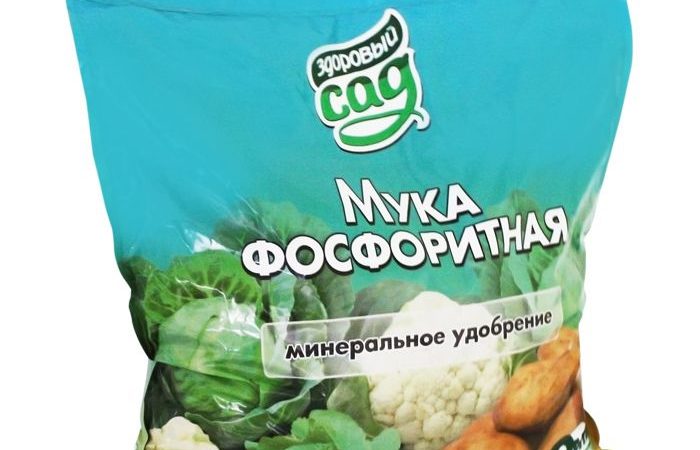
Phosphorus content 30-35%. It is applied at a dose of 100-200 g per 1 m².
Phosphorus of all these fertilizers is absorbed by tomatoes after exposure to earth acid, plant root secretions and bacteria. Application in excessive doses saturates the soil with an element for several years.
Complex top dressing
These are complex fertilizers containing 2-3 or more elements. They are more concentrated, they are distinguished by a uniform distribution on the soil surface and the availability of all elements for plants. They are used for pre-sowing and local dressings.
Views:
- diammophos (contains 50% phosphorus, 18% nitrogen);
- ammophosphate (contains 44-46% phosphorus, 6% nitrogen);
- nitrophoska (contains phosphorus, potassium and nitrogen (NPK), elements can be in different ratios);
- potassium monophosphate (contains phosphorus 23% and potassium 28%);
- ammophos (contains 11% nitrogen, 50% phosphorus).
This is only a small part of complex fertilizers containing phosphorus. There are many varieties of fertilizers with different NPK ratios and micronutrient additions. Over time and experience, each gardener is determined with his “own” type of top dressing for tomatoes, selecting them based on the requirements of the culture in different phases of development.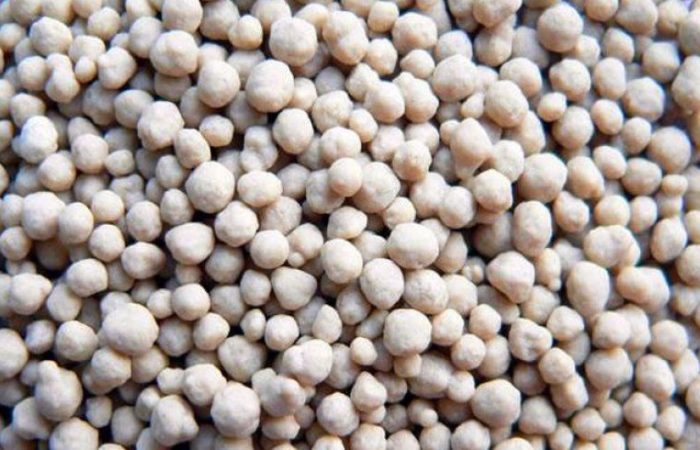
Phosphorus application scheme for tomatoes
The application of the calculated amount of phosphorus for tomatoes is carried out in two stages: pre-sowing application to the soil and application during the growing season with irrigation water (fertigation).
Pre-sowing fertilizer
The main application of phosphorus is carried out in autumn or spring, 3-4 weeks before planting. All types of fertilizers are suitable for this. The most commonly used are: superphosphates, nitrophoska, ammophos. For acidic soils, phosphorite or bone meal, phosphate slags are used.
Top dressing during the growing season
For fertigation, it is desirable to use completely soluble fertilizers without impurities of chlorine, sodium and other harmful substances. The best options: potassium monophosphate, superphosphates, nitrophoska.
Feeding scheme:
- Two weeks after planting seedlings. Phosphorus and nitrogen are introduced.
- 14 days after the first feeding, after the blooming of the second inflorescence. Phosphorus and nitrogen are introduced.
- In the middle of flowering, during the formation of the first fruits. Phosphorus and potassium are introduced.
- During the fruiting period. Phosphorus and potassium are introduced.
An example on specific fertilizers.
- 1-2 top dressing. Nitrophoska (1 tablespoon) is diluted in 10 liters of water, the consumption per plant is 1 liter.
- 3-4 feeding. Potassium sulfate (1 tsp), superphosphate (1 tbsp) are diluted in 10 liters of water. The norm for a plant is 1 liter.
Fertilizer solutions are applied only after watering the plants in a circle at a distance of 5–7 cm from the stem.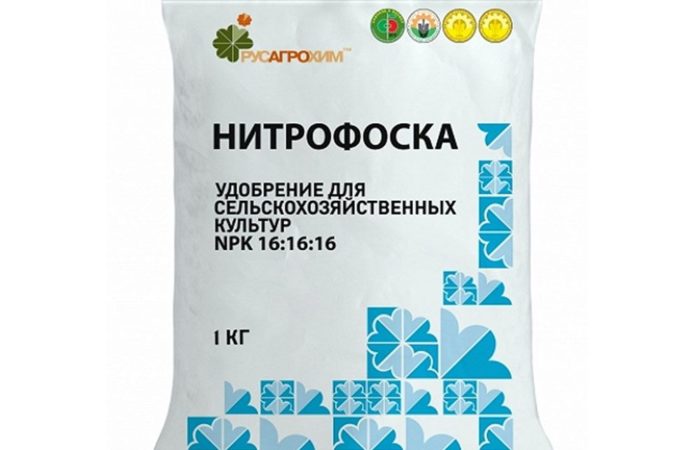
Seed dressing
The addition of phosphorus to the seedling soil mixture increases germination, promotes the active development of seedlings and the formation of a strong root system.
To do this, 10 g of superphosphate together with other fertilizers are added to 20 liters of any home soil mixture. Subsequently, phosphorus is introduced as part of complex liquid fertilizers for seedlings.
Combination of phosphorus with other fertilizers
Almost always, several fertilizers are applied to the soil at once. To save time and effort, they are often mixed, calculating the required amount. But not every combination leads to the desired results.
What should not be mixed with phosphate fertilizers:
- superphosphates: with ammonium nitrate, synthetic urea, calcium nitrate, lime fertilizers, ash, ammonium sulfate, phosphate rock, phosphate slags;
- phosphorite and bone meal: with superphosphates, superphos, lime fertilizers, calcium nitrate;
- precipitate: with lime fertilizers, ash, chalk, manure, chicken manure;
- phosphate slags: with ammonium sulfate, ammophos, diammophos, nitrophoska, ammonium nitrate, superphosphates, manure, droppings;
- complex fertilizers: with lime, ash, manure, chicken manure.
The combination of phosphorus with these fertilizers reduces its availability, and some mixtures form a dense and non-scattering mass. In any case, before applying the fertilizer, you need to carefully study its characteristics in the instructions.
Before growing tomatoes, you need to find out all its requirements for mineral nutrition, apply fertilizers exactly as much as you need in a season. And it is even better to approach it comprehensively, combining mineral and organic nutrition. But it is impossible to replenish all the minerals necessary for culture with organic matter alone.
